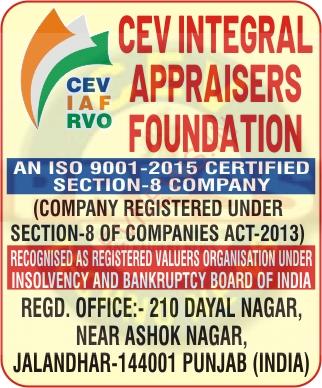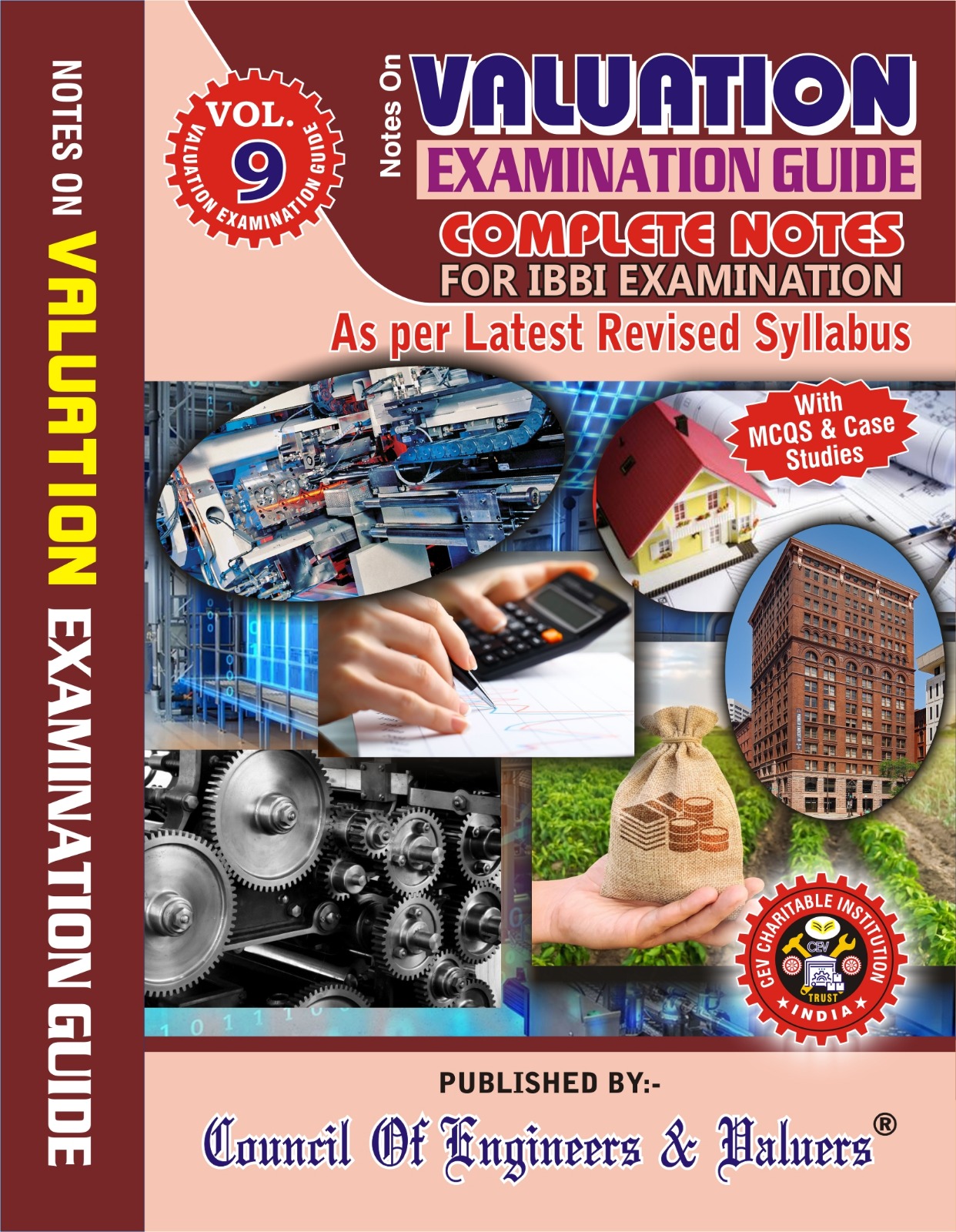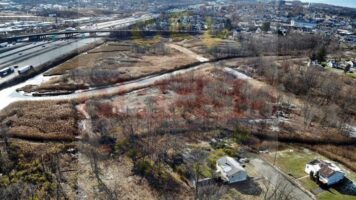Valuing Landlocked Land in India: A Systematic Approach for Professional Valuers
Valuing landlocked properties presents a unique challenge for professional valuers in India, given their reduced usability and marketability. Landlocked land, which lacks direct access to a public road, requires special considerations, blending real estate expertise, legal knowledge, and a deep understanding of local market dynamics. This article outlines the systematic approach a professional valuer takes when tasked with valuing such properties.
1. Physical Inspection and Documentation Review
The first step in valuing any property is a thorough site visit. This includes assessing the land’s size, shape, topography, soil quality, and overall condition. The valuer also documents the landlocked status and studies the surrounding environment, which can significantly impact the valuation.
Legal Documentation:
Equally crucial is the review of legal documents. The valuer examines the title deed, survey maps (such as the khasra or khatouni in rural areas or the CTS plan in urban areas), and ownership records to confirm the property’s boundaries and its legal status. This ensures there are no existing disputes and identifies any potential easements or rights of way that might affect the land.
Assessing Accessibility:
Accessibility is a critical factor. The valuer measures the distance to the nearest public road and identifies potential routes through neighboring properties. These pathways—if accessible—are integral to determining whether the land can be developed or used for its intended purpose.
2. Assessing Marketability and Potential Use
Once the basic characteristics of the land are documented, the valuer evaluates its potential uses, considering zoning laws and local demand. The possibilities can range from agricultural use to residential, commercial, or industrial development. However, landlocked properties often face limitations in this area, and their immediate usability depends heavily on securing access.
Market Demand:
Market demand is another critical factor. Since landlocked properties generally appeal to speculative investors or adjacent landowners, their marketability is often limited compared to properties with road access. The valuer must assess whether there is sufficient interest in similar landlocked properties in the region to gauge the market’s appetite.
3. Analyzing Comparable Sales
A cornerstone of any property valuation is the analysis of comparable sales. In the case of landlocked land, the valuer must focus on:
Sales of Similar Landlocked Properties:
When possible, sales of comparable landlocked plots are used to establish a baseline value. This may include examining recent transactions involving landlocked parcels or similar-sized plots with road access.
Adjustments for Lack of Access:
The valuer applies a discount to these sales, generally ranging from 20% to 50%, depending on the severity of access issues and local market conditions. For example, if a similar-sized plot with road access sells for ₹15 lakh per acre, the valuer might adjust the price of the landlocked plot downward, factoring in the lack of access.
4. Evaluating Legal Access Options
Legal access to landlocked property can be one of the most significant hurdles in its valuation. Under the Indian Easements Act of 1882, specifically Section 13, landlocked land may qualify for an “easement by necessity” if it was once part of a larger parcel with access to a road.
Tracing Historical Ownership:
The valuer traces the land’s history through revenue records to determine if an easement might be applicable. If access is required by law, this can add value to the property.
Negotiating a Right of Way:
In cases where an easement is not automatically granted, the valuer evaluates the likelihood of securing a right of way from neighboring landowners. This process may involve negotiation, and the valuer must estimate the associated costs, including compensation or legal fees.
Government Intervention:
In rare cases, local authorities may provide access under a development scheme, though such occurrences are uncommon and often depend on the specific region and its development plans.
5. Factoring in Costs to Unlock Value
Securing access to landlocked property can incur significant costs, which must be factored into the final valuation.
Legal and Compensation Costs:
If an easement is not easily obtained, the valuer estimates the costs involved in obtaining one, including legal fees and any compensation to neighbors for granting a right of way.
Development Costs:
If access is successfully secured, the cost of building a road or pathway to make the land usable is also considered. These costs are subtracted from the property’s potential value, providing a more realistic estimate of its current worth.
6. Government Guideline Values
The valuer also refers to the circle rate or guideline value set by the state government for stamp duty purposes. This value represents the minimum threshold for property transactions. However, landlocked properties typically sell below this rate due to their inherent limitations. The valuer, therefore, adjusts the property value downward based on the specific circumstances surrounding its accessibility.
7. Valuation Methods
Depending on the specific nature of the property and the context of the valuation, the valuer may employ several methods:
Market Approach (Primary Method):
This approach focuses on comparable sales, adjusting for the lack of access. It is the most commonly used method for valuing landlocked properties.
Cost Approach (Less Common):
The cost approach estimates the land’s value as if it were accessible, then subtracts the costs necessary to unlock access (e.g., easement rights or road construction). This approach is typically reserved for properties with significant development potential.
Income Approach (If Relevant):
For agricultural or income-generating land, the valuer calculates the potential revenue—such as crop yield—and discounts it based on the access constraints. This method is more common in rural areas where agricultural land is being valued.
8. Accounting for Local Factors
Land valuation is highly sensitive to local factors, and valuers must apply regional expertise when assessing landlocked properties.
Development Trends:
If the property is located near growing towns or upcoming infrastructure projects, the valuer might consider future appreciation potential once access issues are resolved.
Buyer Perception:
Valuers must also consider the market’s perception of landlocked properties. In many cases, buyers and lenders are reluctant to engage in transactions involving landlocked land, which can further depress prices.
9. Final Valuation Report
Once all the necessary data is compiled and analyzed, the valuer prepares a detailed valuation report. This report includes:
-
A description of the property, including its size, location, and landlocked status.
-
An analysis of its legal status and access options.
-
A review of comparable sales and any necessary adjustments.
-
An estimation of the costs involved in securing access.
-
A final value range, with a clear explanation of the discount applied due to the landlocked nature.
Example Calculation
To illustrate the process, consider a scenario where a valuer is assessing a 2-acre landlocked plot in a semi-rural area:
-
Comparable Accessible Land: ₹15 lakh per acre (₹30 lakh total).
-
Market Discount for Landlocked Status: 40% reduction due to severe access issues (₹12 lakh reduction).
-
Cost to Secure Easement: ₹2 lakh (legal fees and compensation).
-
Adjusted Value: ₹30 lakh – ₹12 lakh – ₹2 lakh = ₹16 lakh (₹8 lakh per acre).
Key Takeaway
Valuing landlocked land in India requires a blend of legal insight, market analysis, and practical valuation techniques. The process demands careful consideration of both the land’s current limitations and its potential once access is secured. By following a systematic approach, valuers can arrive at a fair and realistic valuation that accurately reflects the unique challenges of landlocked properties while also considering future opportunities for development.




